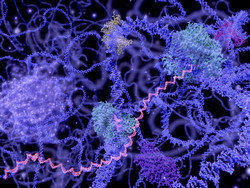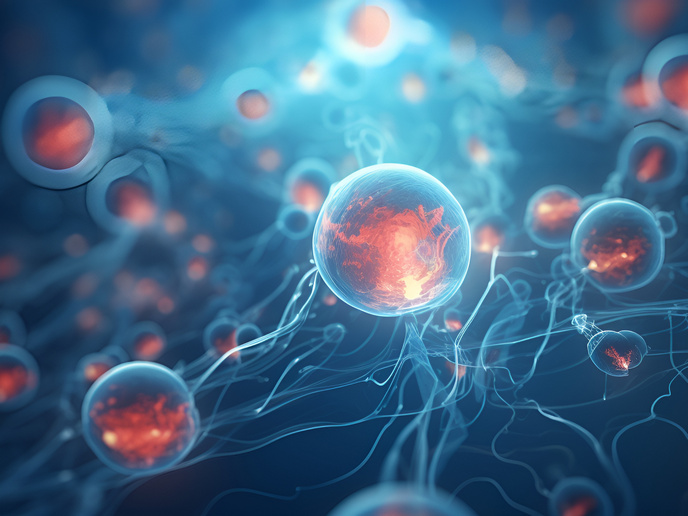Unveiling RNA polymerase structure
Three types of RNA polymerases (Pol) facilitate transcription in eukaryotes. While the structure and the mechanism of Pol II are well-studied, the structures of Pol I and Pol III were not known until now. The association of Pol I and Pol III with cellular proliferation and tumour development recently made them a subject of intensive research. The TF3B_P3 (Structural characterization of TFIIIB and its involvement in RNA Pol III transcription) project provided the missing information regarding the structures of Pol I and Pol III. Pol I synthesises precursor ribosomal RNA, an essential component of ribosomes. Pol II transcribes all protein-coding genes and Pol III synthesises transfer RNA. Scientists used X-ray crystallography to solve the structure of Pol I and build an atomic model. They found that Pol I permanently incorporated additional subunits as functional modules that were transiently recruited in other Pols. The resolved structure revealed a built-in regulatory mechanism of Pol I. The enzyme can stop itself by bending a loop in its DNA binding site to block the space the DNA would occupy. This discovery, published in Nature journal, opens the door to search for new anti-tumour drugs. Cryo-electron microscopy and chemical cross-linking coupled to mass spectroscopy provided insight into the three-dimensional model of Pol III. Understanding the overall architecture and dynamics of this enzyme should enable scientists to target its interaction interfaces in future drug design. TF3B_P3 results revealed that the basic architecture of Pol I, Pol II and Pol III and their specific pre-initiation complexes were conserved. The project demonstrated that the small differences among the three polymerases were sufficient to define their specificities. TF3B_P3 provided important insights to support the design of specific Pol I, II or III inhibitors with applications in cancer therapy.







